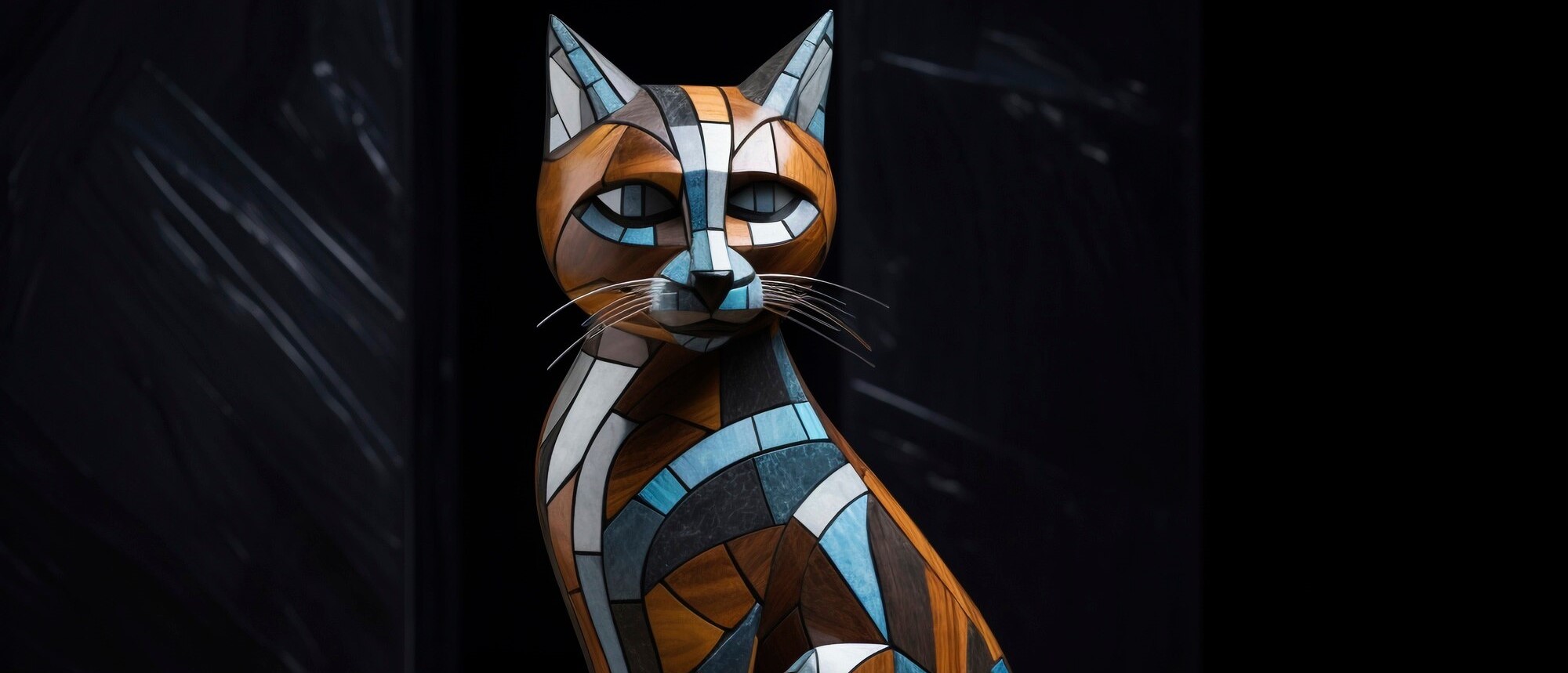Ever feel like your cat is conducting a staring contest? You’re not alone. The iconic cat stare can make any pet owner stop in their tracks, wondering what’s going on behind those feline eyes.
Despite popular belief, cats are not trying to hypnotize you—or plan nefarious deeds. Instead, this gaze is a multi-faceted aspect of feline communication, rooted deeply in evolutionary behavior.
Prepare to dive into a world where those unblinking eyes speak volumes, revealing insights and trends from leading feline behavior studies.
1. Why Do Cats Stare?

Like detective work, understanding the cat stare requires piecing together clues. Staring can be a sign of curiosity, affection, or a hunt for information. According to animal behaviorists, it’s rarely aggressive—even when it feels piercing.
Cats, known for their curiosity, use their stare to explore their environment. Their wide-eyed gaze captures nuances we often overlook.
In a study published by the Journal of Veterinary Behavior, staring was linked to increased dopamine transmission, suggesting engagement and interest.
So, next time you catch those eyes on you, know it’s often a compliment, a sign of your cat’s interest and bonding.
2. Staring as a Form of Feline Communication
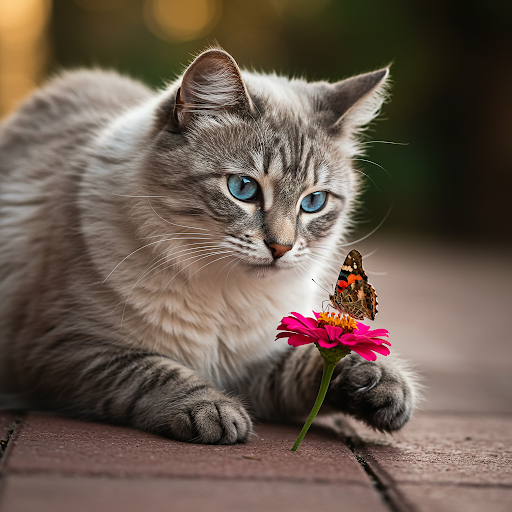
In the feline kingdom, staring serves as a complex language with subtle nuances. Unlike humans, cats communicate less with vocalizations and more with gestures and gazes.
Cats often use subtle eye gestures to convey feelings. The slow blink—a common companion to staring—signifies trust and affection, akin to a cat’s version of a smile.
Consider a case study from Cats International showing that cats with positive human interactions often seek eye contact as a form of security and reassurance.
Understanding this silent language can deepen your bond, ensuring that your furry friend sees you as more than just a food-giver.
3. The Evolutionary Roots of Staring
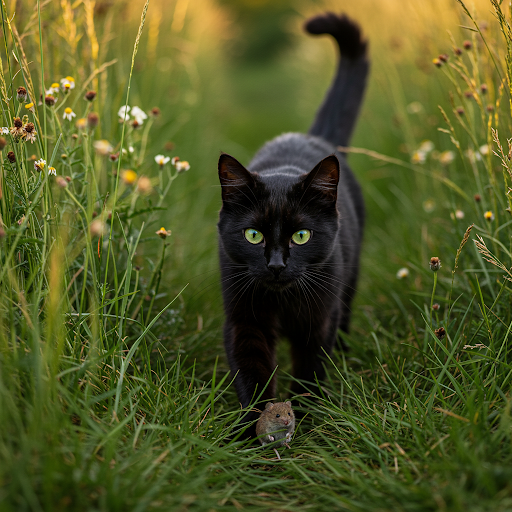
Cats, like their wild ancestors, possess instincts shaped by evolution. Staring is a relic of their need to assess threats and opportunities in the savannahs.
As ambush predators, undivided focus was essential for hunting. This instinctual strategy persists, whether pursuing prey or observing humans.
Research from the University of Edinburgh highlights that domestic cats retain 95% of their wild relatives’ behaviors, including their intense observational skills.
4. Dismantling the Myth: Staring Equals Hostility
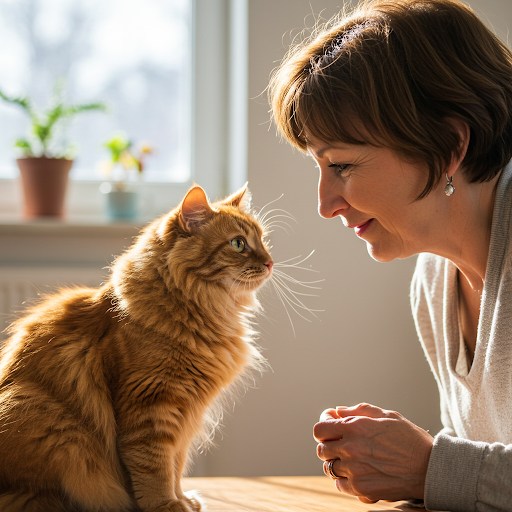
Many interpret a cat’s stare as a challenge, akin to a staring contest among humans. However, this is rarely the case.
While direct eye contact can be domineering for some animals, cats generally use it as a form of understanding. It’s their way of opening the doors to trust rather than hostility.
Animal behavioral studies show that aggressive staring typically involves additional signals, such as stiff body posture or growling.
Therefore, unless accompanied by such signals, a cat’s stare is often benign, underscoring curiosity and wanting attention.
5. Understanding Different Stares
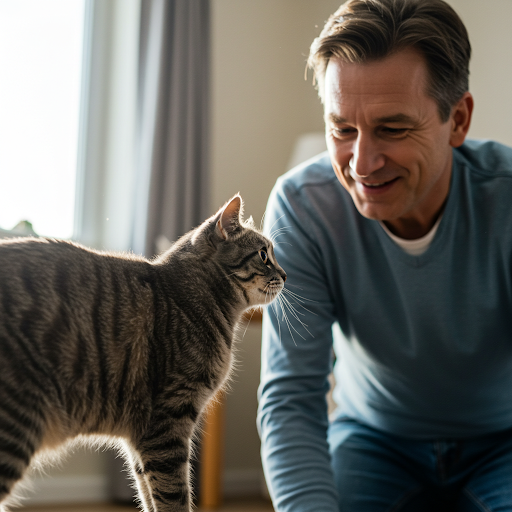
Not all stares are equal—your cat might switch between a curious gaze and a commanding stare without warning!
A slow, lazily blinking stare is the equivalent of a hug—a sign of comfort and affection.
A hard, unblinking stare towards an unopened can reflects anticipation, triggered by the Pavlovian response.
Recognizing these subtle shifts can help strengthen your communication—and avoid misunderstandings.
6. What To Do When Your Cat Stares
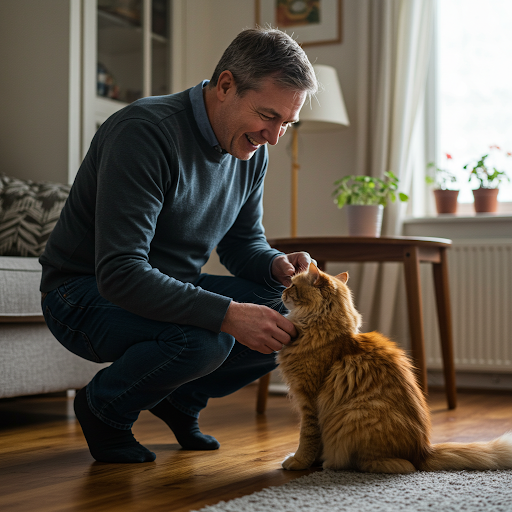
When caught in your cat’s gaze, there are a few valuable strategies to employ. First, reciprocate with your own slow blink—inviting trust.
Respect your cat’s intentions. If they’re staring out a window, joining them might offer insight into their world.
Interactive play or a gentle petting session can often follow, solidifying the bond their stare creates.
An open-hearted response can elevate your relationship from merely providers to cherished friends.
7. When Staring Indicates Medical Concerns
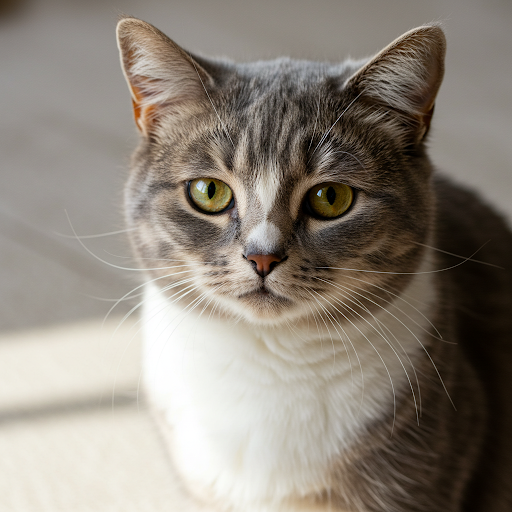
While staring is mostly harmless, certain instances may point to underlying health issues.
Persistent uneven pupils or a staring spell coupled with lack of response might necessitate a vet check-up.
Veterinary experts advise vigilance for peculiar behaviors, using staring as part of a wider diagnostic picture.
8. Benefits of Understanding Feline Gaze

Grasping the nuances of your cat’s gaze rewards you both. For humans, it enriches the pet-owner experience, turning interactions into meaningful exchanges.
For cats, it assures security and deepens the emotional bridge between them and their identified social groups—us!
Science supports this, indicating mutual gaze strengthens the human-animal bond, amplifying shared experiences.
9. The Slow Blink: Your Cat’s ‘I Love You’
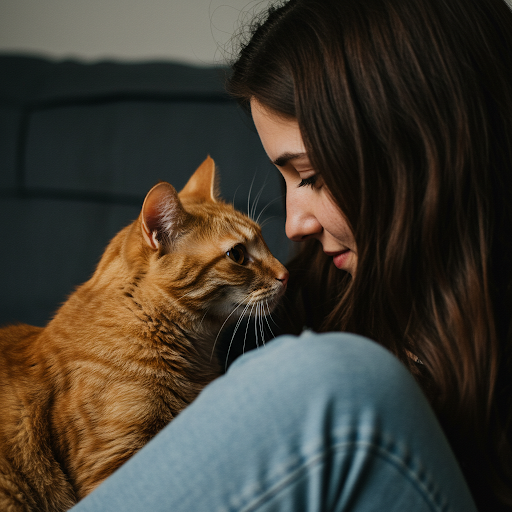
Ah, the slow blink—a universal sign of feline affection and trust. This is the ultimate cat compliment, sparing them the indignity of human-like gestures.
Cats often initiate slow blinks as a peaceful gesture, inviting you to reciprocate. Doing so establishes a dialog filled with mutual respect.
Researchers advise fostering these moments as they undeniably build rapport.
10. Debunking Stereotypes About Aloof Cats

The notion of the ‘aloof cat’ is an unfair stereotype. In truth, cats are as emotionally tuned as their canine counterparts.
A cat’s stare often reassures their closeness, challenging the myth of cold-heartedness.
Scientific templates on animal emotions debunk the aloof myth, showing cats exhibit affection uniquely.
By understanding behaviors like staring, you can appreciate the nuanced ways cats show their endearments.
11. Creating a Stare-Friendly Environment
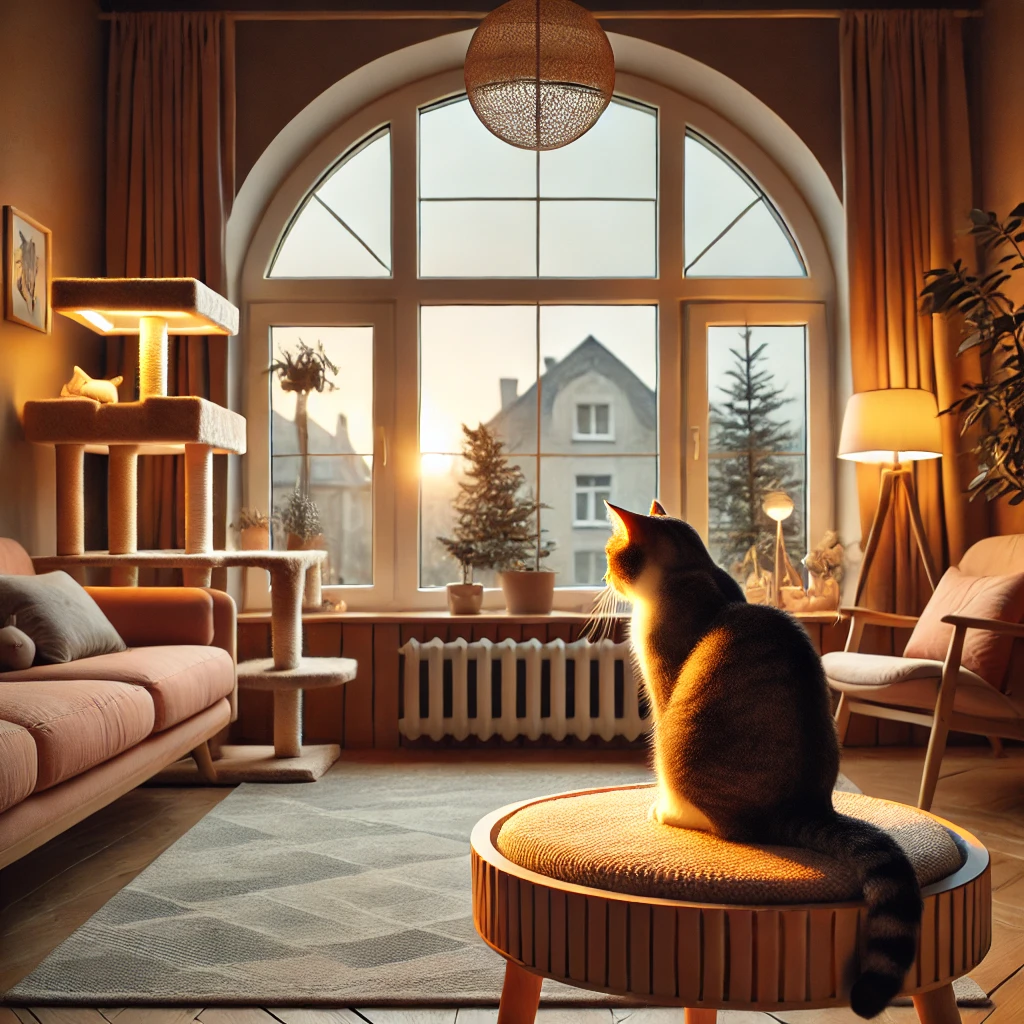
Foster your bond by enhancing the environment, enabling positive stare interactions.
Placing cozy perch spots next to windows or favorite nooks caters to your cat’s love for observation.
Keep spaces enriched and harmonious so when your cat stares, the moment becomes an opportunity for a shared adventure.
12. Understanding Multi-Pet Dynamics and the Stare
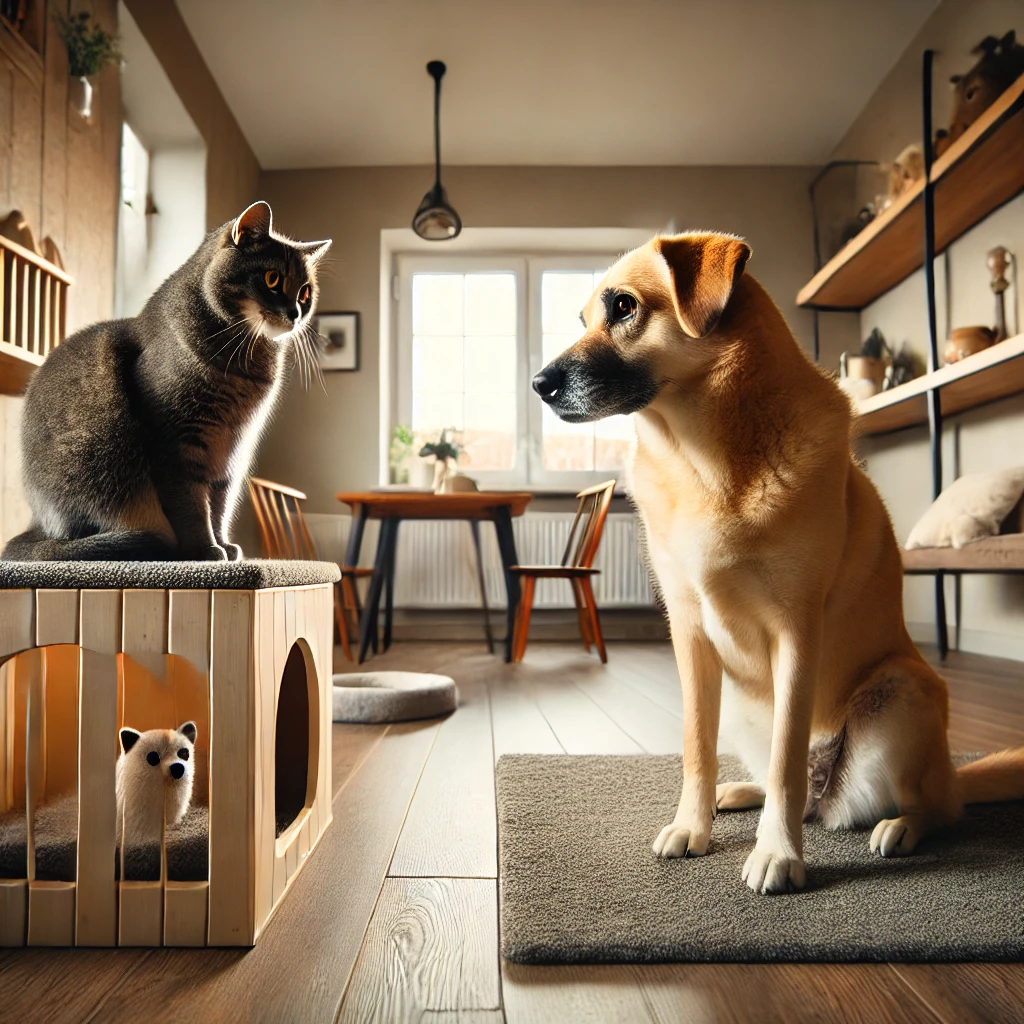
In homes with multiple pets, the dynamics of staring extend beyond human interaction. Cats use their gaze to establish hierarchies with other animals.
By monitoring these interactions, owners can discern contentment or conflict, reshaping shared spaces for peace.
Studies from the School of Animal Sciences illustrate these dynamics as crucial for household harmony.
13. A Playful Look at Common Gaze Interpretations

Sometimes, a cat’s stare is just… humorous. Whether they resemble tiny house pirates searching for lost treasures or are intently focused on a sunbeam, it’s hard not to laugh.
These quirks remind us that cats are fascinating bundles of contradictions and charm!
According to researchers at the University of Lincoln, playful interpretations of animals enhance human-animal connection.
So next time your cat stares while quietly chasing imaginary foes, perhaps join the narrative—it’s a great exercise in creativity.
14. Breaking the Ice While Your Cat Observes
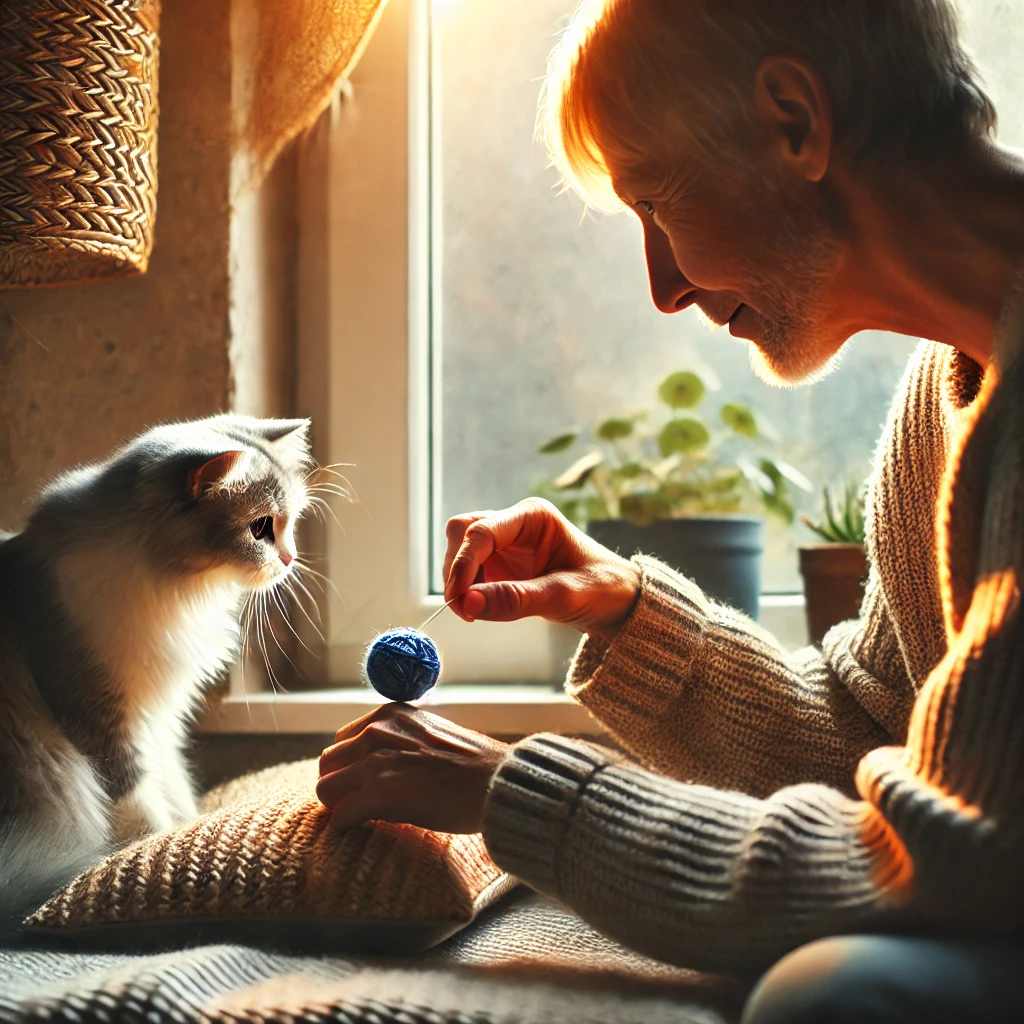
You may feel under the microscope with a cat’s scrutiny, but it can be a great icebreaker!
Engage them with toys or distraction-free playtime, transforming passive observation into active participation.
These interactions can strengthen bonds and develop mutual respect—one meow at a time.
15. Reflecting on the Human Effect
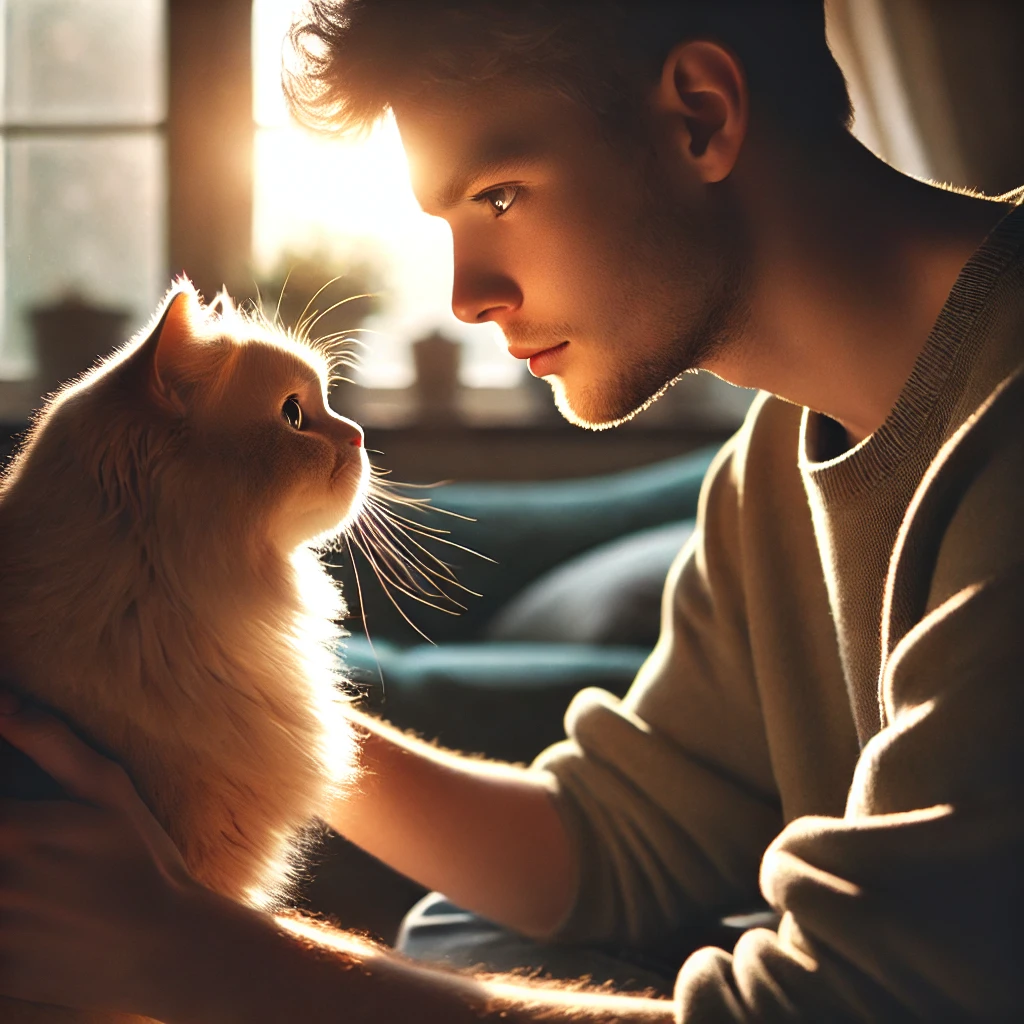
We impact how our feline companions perceive us. Interpret your role through a cat’s eyes and consider what your own body language conveys.
Researchers suggest consistency and warmth cultivate a respectful, cooperative relationship.
Acknowledge their gaze with understanding, ensuring your actions preserve the mutual respect you share.
16. How Cats Use Curiosity For Their Emotional Needs
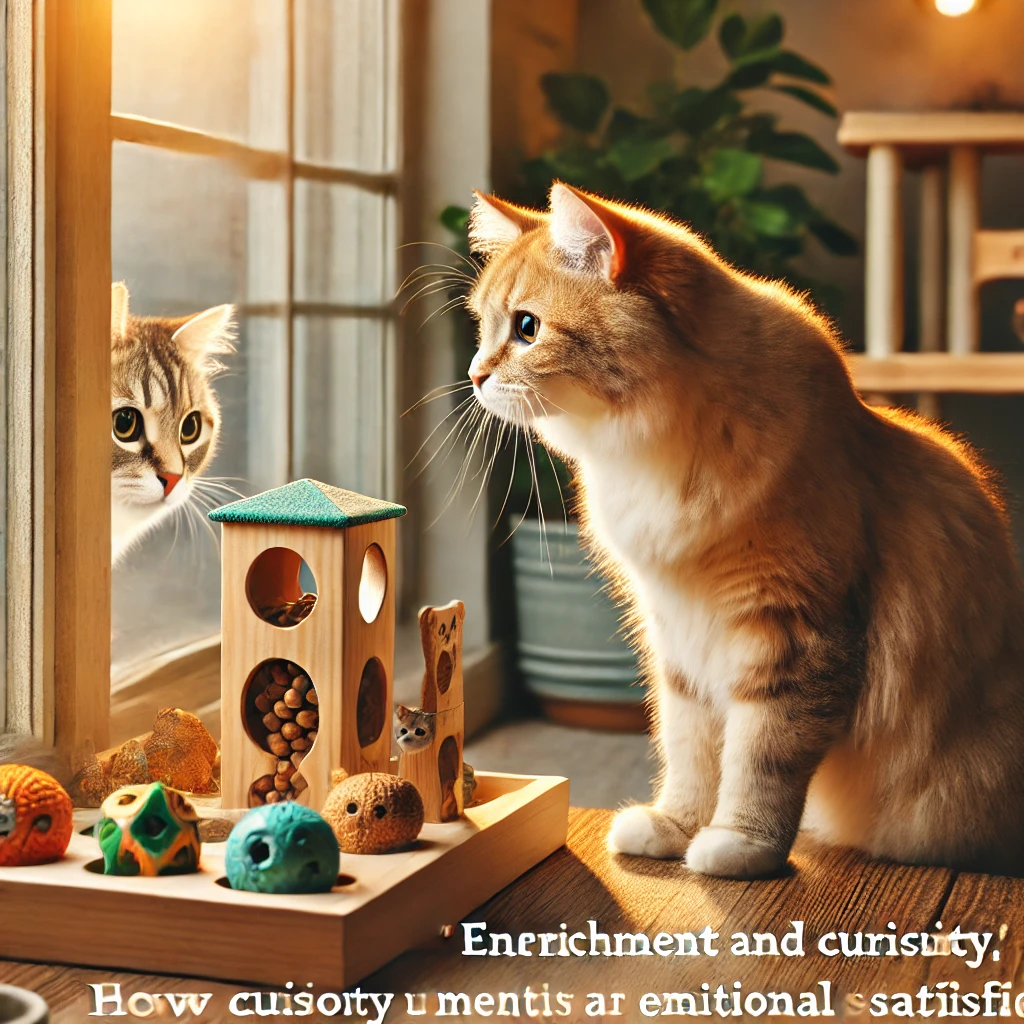
The adage ‘curiosity killed the cat’ came from misunderstanding emotional needs. Staring feeds the feline intellect—a source of enrichment and mental stimulation.
As owners, offering diverse supervisory opportunities can stimulate their cognitive functions and emotional satisfaction.
Interactive play, puzzle feeders, or new views can cater to the information-driven cat.
Harvard’s Center for Animal Studies directly links curious behaviors to higher engagement rates with owners.
17. Final Thoughts: Seeing the World Through Your Cat’s Eyes
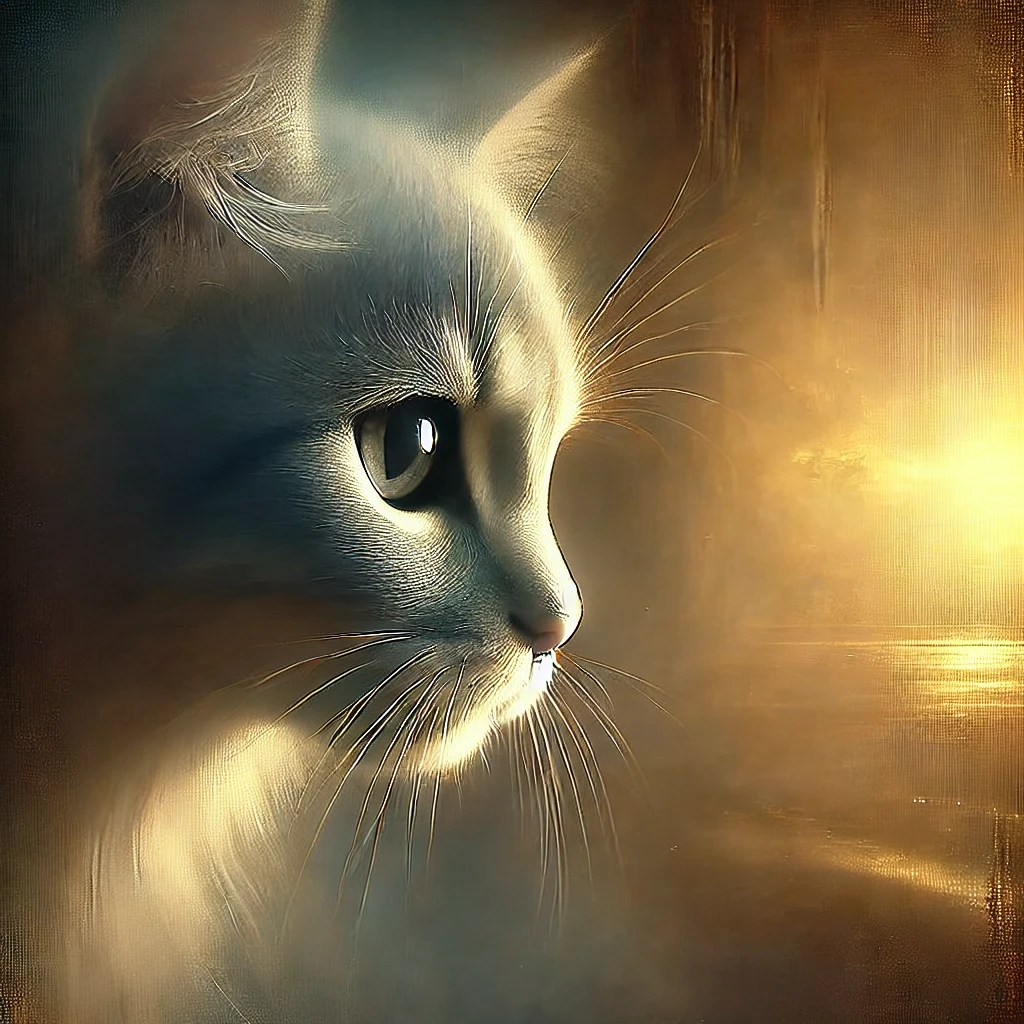
By acknowledging the subtle dynamics of your cat’s stare, you unlock a realm of silent communication. It’s an extraordinary journey of empathy and understanding.
Aponsing across different cultures, climates, and homes, cats share this universal means of bridging the silence.
Remember, every stare carries its tale—embrace these tales, together creating an enriching life story.

